Numerical Modelling of Slot-Die Coating Sample Delivery System and Its Experimental Validation
Please login to view abstract download link
A slot-die coating system with a circular orifice or TapeDrive system [1] is a sample delivery system often used in serial crystallography (SX) experiments for delivering macromolecular crystals into synchrotron X-ray beams. X-ray diffraction patterns are used to encode their atomic structure. Here, a 2D numerical model of this system, an in-house developed experimental setup and computer vision software, which was used to extract geometric parameters from experimental data and to validate our numerical model, are presented. Numerical simulations, based on the Finite Volume Method, were performed using ANSYS Fluent software. In particular, we were interested in an incompressible isothermal Newtonian two-phase flow characterised by unsteady, laminar motion. We used the Coupled algorithm for Pressure-Velocity Coupling, where the volume fraction was calculated using the explicit Volume of Fluid method with the Geo-Reconstruct scheme. To efficiently capture the liquid-air interface position, especially around the dynamic triple line, an Adaptive Mesh Refinement was applied. We analysed the numerical simulation data of the deposition of a mixture by a mass fraction consisting of 90 % water and 10 % ethanol on a moving surface. The study was done at a volumetric flux rate of 100 μl/min, the velocity of the moving surface of 2 mm/s and the distance of the nozzle from the moving surface of 0.6 mm. Videos of liquid film deposition were captured using a CMOS camera through an optical microscope. Geometric parameters of thickness and the positions of the upstream dynamic contact line and two static contact lines from side views were compared. The comparison was restricted to the stable deposition of liquid on a moving surface. With this experimentally validated numerical study, we have confirmed the used boundary conditions and dynamics of fluctuations of observed geometric parameters.

